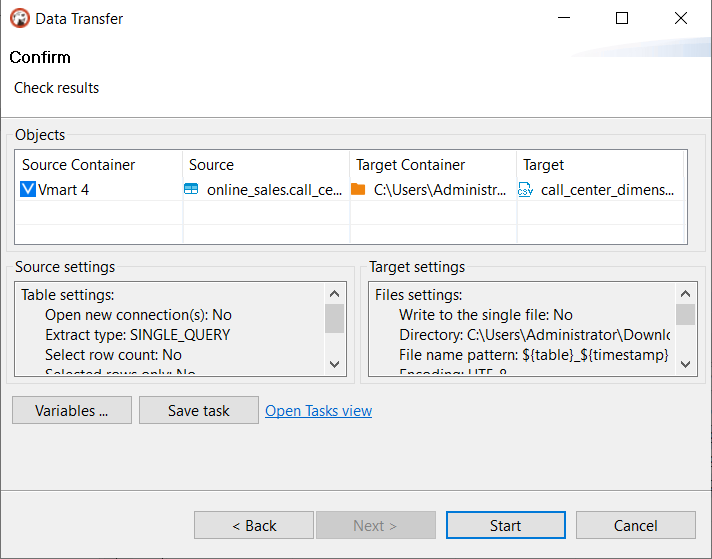

Dbeaver java heap space generator#
These objects are moved from the young generator to the old one by the Garbage Collector. The old generation: The old generation holds all objects that have survived a number of minor garbage collections.The young generation: The young generation stores all short-lived objects that are created by an application and are cleared after a small number of garbage collections.The heap space is divided into generations: Usually, a Garbage Collector is being executed periodically by the JVM, in order for new space to be created. The task of the Garbage Collector is to find all objects that are not referenced at all and reclaim their space. The execution thread that is responsible to clear the heap space is the Garbage Collector. Once an object is not referenced by any other object, it can be cleared out of the heap, in order for the JVM to reclaim and reuse that space. The Java heap space is generally located at the bottom of the address space and move upwards, as new objects are being created.Įach object in the heap that is referenced by any other object is called live and remains in the heap, as long as that condition is being held. Thus, the JVM allocates a contiguous area of heap memory, in order for the new object to be stored. When an application requires the creation of a new object, the JVM is responsible for allocating the necessary space.

The heap space is where all new objects are stored, while the application is being executed by the JVM. While executing an application, new objects are created. To begin with, the Java Virtual Machine (JVM) is the execution component of the Java Runtime Environment (JRE) that executes the bytecode residing in a Java. In this tutorial we will discuss about Java’s heap space.


 0 kommentar(er)
0 kommentar(er)
